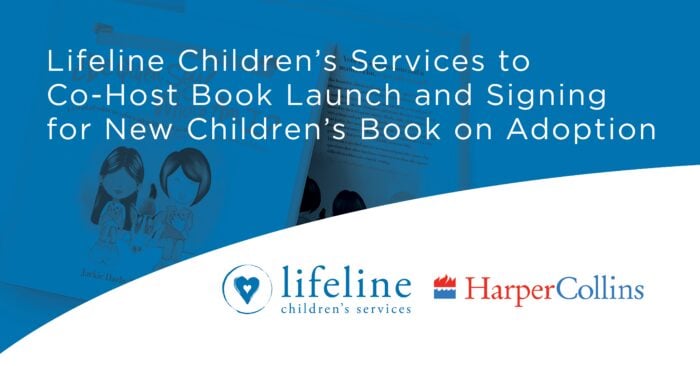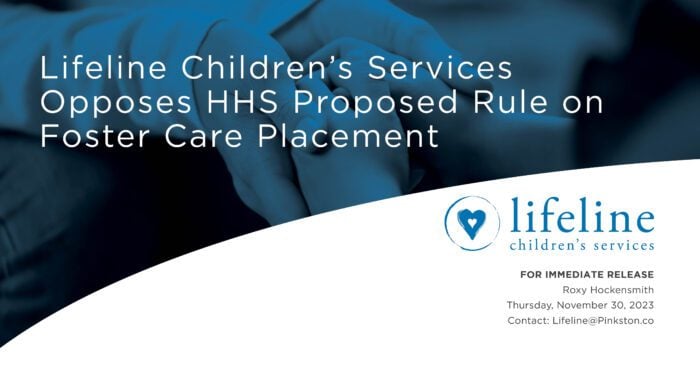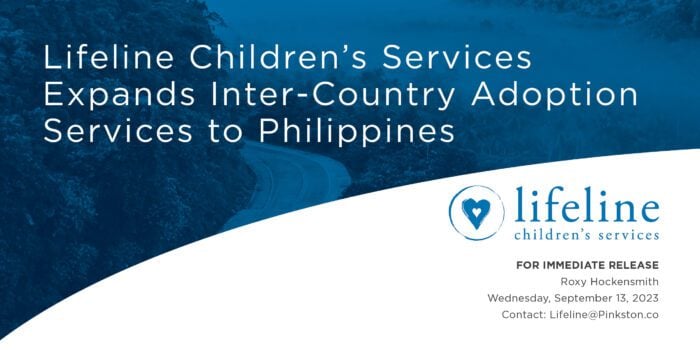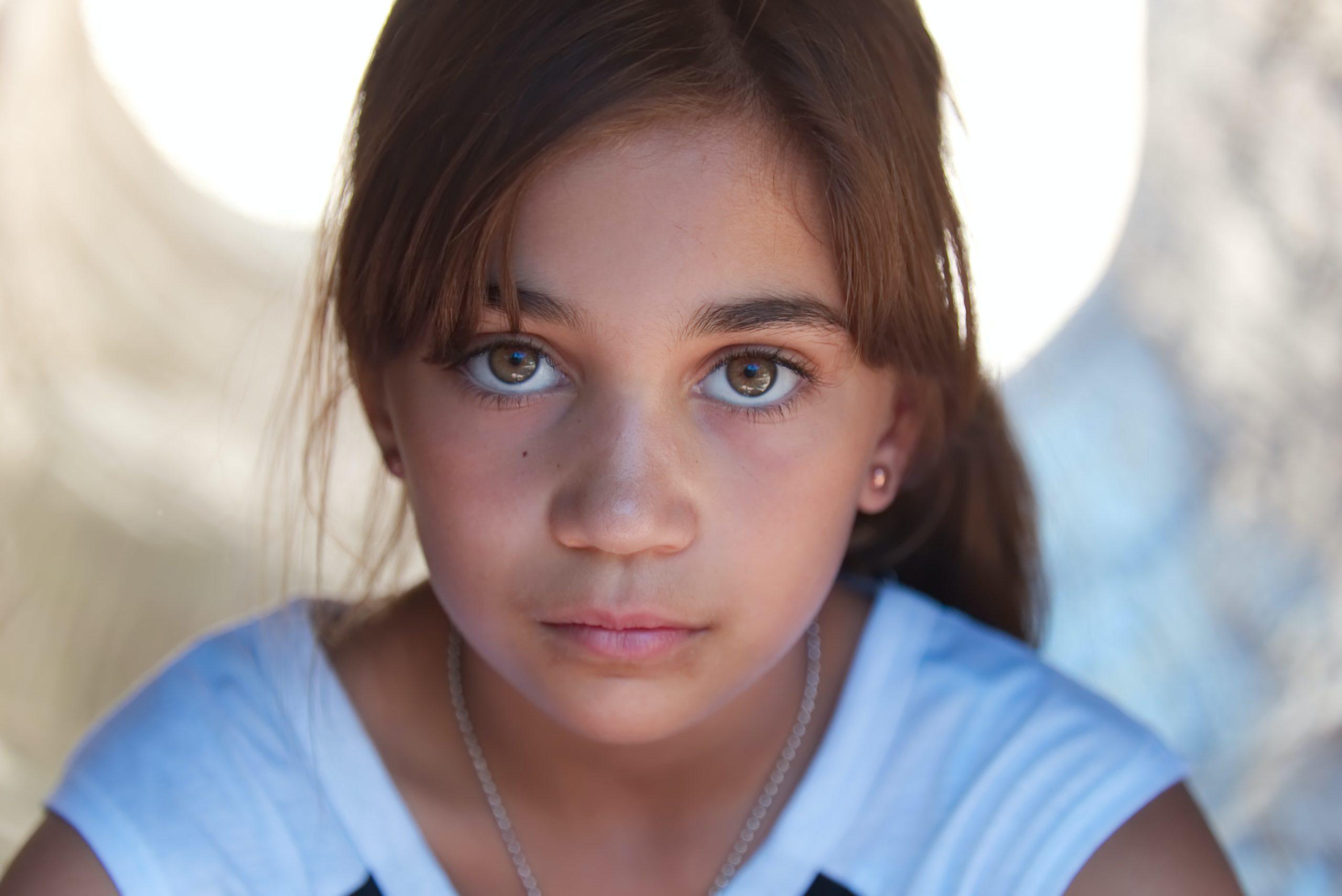IMPLICIT AND EXPLICIT MEMORIES
Memory is a central construct to the development of children. We learn through observing others and by interacting with the world around us. This in turn influences our behavior. It is widely accepted that prior to the age of three, memories cannot be recalled or stored. However, recent research suggests that infants are more likely to recall familiar things like faces, shapes, sounds, and objects when they are paired with a positive emotion. These memories are not recalled later in life because as the brain develops, it trims away any unnecessary connections. Long term memory allows us to remember experiences over our lifetime and is divided into explicit or implicit memory. Explicit memories have to be consciously recalled while implicit memories can be recalled effortlessly without deliberate remembering. Implicit memory is exhibited from birth and continues to develop throughout adulthood. Explicit memory develops quickly from birth to age two and then stabilizes throughout time. The system in the brain responsible for learning and implicit memory is present very early on. The development of explicit memory depends on a system that matures between eight and ten months of age.
WHY THESE MEMORIES ARE IMPORTANT:
Long term memory is composed of two distinct systems—implicit and explicit memory. The main distinguishing factors between implicit and explicit memories are conscious awareness of their retrieval and where in the brain memory processing and retrieval is done. Explicit memory can be further broken down into episodic and semantic memory. These memories are factual events or episodes that are organized by time and are context dependent. It is harder to recall explicit memories because it takes more brain processing to retrieve them. Implicit memory is composed of procedural and emotional recollections. These memories are acquired through repetition, practice, and are composed of automatic behaviors that are so deeply embedded that we are no longer aware of them. Examples would be driving, riding a bike, or typing on a keyboard. Once learned, these “muscle memories” allow us to carry out ordinary motor actions more automatically. Children’s brains are resilient and more adaptable than our adult brains. Children under the age of about seven pick up new languages easily without much conscious thought because they use procedural (implicit) memory. Adults, on the other hand, actively learn the rules and vocabulary of a new language using declarative (or explicit) memory. Just as it is easy to recall a language learned at a young age, it can be easy to recall unpleasant memories experienced as well.
Under normal developmental circumstances, experiences are processed as explicit memories which can be verbally recalled without much emotional attachment. Highly emotional memories such as traumatic situations are encoded as implicit memories and are associated with the sensations felt during the event. Memories of traumatic experiences can be triggered by stimuli similar to the original stressor. The trauma memory, therefore, retains its powerful emotional impact and ability to make the child feel as though they were vividly reliving the past. It is thought that there is an imbalance between implicit and explicit memory processes that results in impairment in the processing of traumatic memories. Although it is difficult to verbalize trauma memories, this is what may need to be achieved in order to restore an appropriate balance between implicit and explicit memory processes and to reduce negative symptoms associated with the memory. Traumatic memories that are discussed and worked through help to reduce their persistent and intrusive nature.
Helping your child verbalize their feelings can ease the anxieties they feel about certain memories. It can be tricky to do this in a manner that doesn’t make your child close themselves off. Children are more likely to open up when they are working with their hands. This is because the two halves of the brain are working cohesively as a team instead of as separate entities. The left half of the brain is more associated with logical and linear thinking while the right half is more emotional and expressive. Children usually favor one side while they are developing which may make it hard to get a complete picture of what goes on in their head. When the two sides work together, logical and emotional thinking is merged and this allows your child to better articulate their thoughts and emotions. Playing with building blocks, drawing a picture, and storytelling are all methods to help them integrate the two halves of their mind and express their thoughts more clearly.
Traumatic experiences or unprocessed memories can perpetuate negative beliefs, behaviors, and emotions. These experiences include the death of someone close, a natural disaster, sexual assault, abandonment, neglect, or abuse. These memories stick with us as well as the feelings and physical sensations felt during the traumatic event. When current situations echo traumatic memories, those negative thoughts and feelings become triggered. Sometimes the annual anniversary of trauma or a major life event, such as leaving the orphanage and joining their adoptive family, can evoke these feelings as well. A child may feel sad, angry, anxious, irritable, or may have trouble sleeping. Use what you know about your child’s history to recognize these reactions. It’s important to recognize these changes and keep these dates in mind in order to appropriately prepare for and respond to your child’s reactions.
HOW TO RESPOND:
Past experiences have a huge impact on children as they develop and perceive the world. Recurring thoughts about a traumatic event can negatively impact their mental health, physical health, and their ability to learn. The following interventions will offer support, comfort, and reassurance of safety to a child struggling with a traumatic memory or anniversary.
- Active Listening – It is difficult to find the right words during stressful times. Sometimes, the right words are no words at all. Listen to your child’s thoughts and feelings to get a more well-rounded understanding of the situation. If your child chooses not to talk, respect their silence and offer support when appropriate. Assure them that they are free to express their emotions with you anytime.
- Exoneration of Guilt – Harboring guilt is detrimental to one’s mental health. Diffuse responsibility your child may feel about their adoption. Help them to realize that they are not to blame for their circumstances. Let them know that parent’s circumstances did not allow them to parent any child at that time. By breaking the link between guilt and their adoption, you will give your child a positive self-identity.
- Engagement – Make an effort to uphold routines, support their hobbies, and encourage social interaction. This helps your child realize that life goes on despite negativity and will keep their mind off of the negativity.
- Validation and Reassurance – Reinforce trust and safety in the relationship between you and your child. Physical contact and comforting words will help make your child feel more secure. Help normalize any emotions your child is experiencing.
- Preserve Positive Memories – Help your child remember and create more joyful memories. Look at family photos, take a fun trip, or just spend time together. Ask if your child wants to commemorate the anniversary of the event in a positive manner to promote healing.
- Limit Media Exposure – The media can display negative things that may upset or trigger traumatic memories in your child. Seeing these things may prolong their feelings about an event.
- Know When to Seek Treatment – Know that it is not your job to single handedly eliminate your child’s pain. The healing process takes time and no one has to do it alone. Treatment can help to identify the source of any problems and can help to alleviate symptoms. Don’t be afraid to ask for professional help.
THE IMPORTANCE OF SELF-CARE:
As a parent, you are understandably overworked and exhausted. You carry a huge load of responsibilities every day and it’s easy to feel burnt out from such a demanding schedule. Even amongst the chaos of life, you have to remember to take time to care for yourself. Try to set aside time each day to spend with yourself. Do something that you enjoy that brings you peace. Looking after your own well-being makes you more patient, energizes you, and improves your relationships with your family. Your child can pick up on uncertainties and anxiety in your voice, appearance, or behavior. When you exhibit control over your actions and emotions, your child will recognize this and is likely to replicate it. Be a good example of proper self-care; maintain your hygiene, eat regularly, carry yourself with confidence, and stay calm. These things may seem simple, but they are beneficial to overall health of your household.
CONCLUSION:
In closing, memory is more complex than just remembering. Children exposed to trauma early on have an increased chance of developing mental health issues later on in life. Trauma can affect children’s behavior in ways that may be confusing or distressing. Children hold on to fear and anxiety to use as a buffer against possible dangerous situations. Offering support and guidance will help your child work through these fears and feelings of loss as well as break down some of the walls they may build to protect themselves. Memories have an influence on how your child grows, but they do not have to define your child. When you recognize that your child may be agitated by unpleasant memories, maintain a calm demeanor and surround your child with love and safety. With understanding, care, patience, and treatment when necessary, all family members can heal and thrive after traumatic memories surface.
Developed by: Akilah Williams References: Alpert, Judith L., Laura S. Brown, and Christine A. Courtois. “Symptomatic Clients and Memories of Childhood Abuse: What the Trauma and Child Sexual Abuse Literature Tells Us.” Psychology, Public Policy, and Law 4.4 (1998): 941-95. Brewin, Chris R. “Episodic Memory, Perceptual Memory, and their Interaction: Foundations for a Theory of Posttraumatic Stress Disorder.” Psychological bulletin 140.1 (2014): 69-97. Harter, Stephanie Lewis. “Constructivist Psychology of Child Abuse and Implications for Psychotherapy.” The Humanistic Psychologist 29.1-3 (2001): 40-69. Paley, Jane, and Judith Alpert. “Memory of Infant Trauma.” Psychoanalytic Psychology 20.2 (2003): 329-47. Rovee-Collier, C. K., Hayne, H., & Colombo, M. (2001). The development of implicit and explicit memory. Amsterdam: John Benjamins Publishing. Rovee-Collier, Carolyn. “Dissociations in Infant Memory: Rethinking the Development of Implicit and Explicit Memory.” Psychological review 104.3 (1997): 467-98. Shapiro, F. (2014). Getting past your past: Take control of your life with self-help techniques from EMDR therapy. Emmaus, PA: Rodale. Siegel, D. J., & Bryson, T. P. (2016). The whole-brain child: 12 revolutionary strategies to nurture your childs developing mind. Vancouver, B.C.: Langara College.




